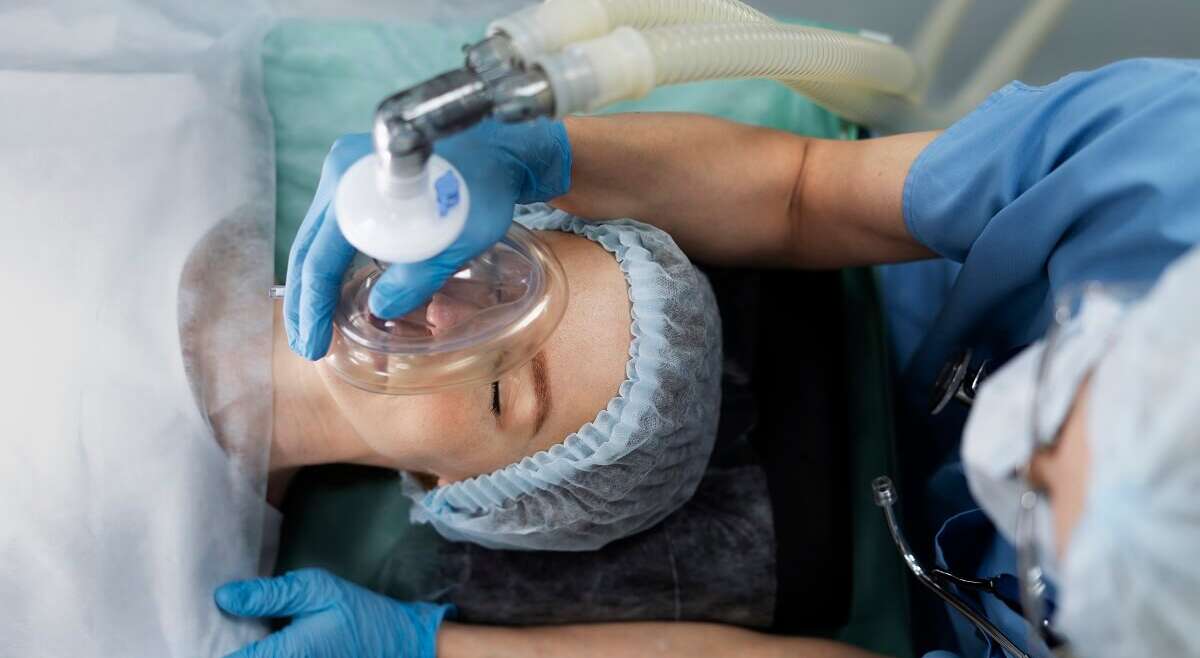Tubal recanalization, also known as tubal anastomosis or tubal reversal, is a surgical procedure performed to restore fertility in women who have undergone tubal ligation or sterilization. It involves reconnecting or reopening the fallopian tubes to allow the passage of eggs from the ovaries to the uterus, increasing the chances of natural conception. Here’s an overview of tubal recanalization:
Procedure: During tubal recanalization, the surgeon makes small incisions in the lower abdomen and accesses the fallopian tubes. The blocked or sealed ends of the fallopian tubes are carefully dissected and reconnected using specialized surgical techniques.
This allows the eggs to travel through the fallopian tubes, potentially leading to fertilization and pregnancy. The procedure is typically performed under general anaesthesia and may require a hospital stay of a few hours to a couple of days, depending on the specific case.
Suitability: Tubal recanalization is suitable for women who have undergone tubal ligation or sterilization but now desire to regain their fertility. It’s important to note that the success of tubal recanalization depends on various factors, including the original method of tubal ligation, the length and condition of the remaining fallopian tubes, the woman’s age, and other fertility factors.
Before considering tubal recanalization, it’s advisable to consult with a fertility specialist or reproductive surgeon who can evaluate your specific situation and discuss the potential success rates and risks associated with the procedure.
Success Rates: The success rates of tubal recanalization can vary widely based on individual circumstances. Factors that can influence success include the type of tubal ligation procedure originally performed, the length of the remaining fallopian tube segments, the presence of scar tissue or other complications, and the woman’s age and overall fertility health.
The success rates for tubal recanalization range from approximately 40% to 90%, with higher success rates seen in cases where the fallopian tubes were originally ligated using clips or rings rather than more invasive methods like tubal cauterization or removal.
Post-Surgery: After tubal recanalization, it may take some time for the fallopian tubes to fully heal and regain their function. It’s important to follow post-operative instructions provided by the surgeon, which may include restrictions on physical activities and sexual intercourse for a certain period.
Your healthcare provider may also recommend regular follow-up visits to monitor your progress and assess your fertility status.
Discover premier Tubal Recanalization Service in Surat at Kavya Hospital. Our esteemed medical professionals specialize in this advanced procedure, offering personalized and expert care to support your reproductive health journey.

